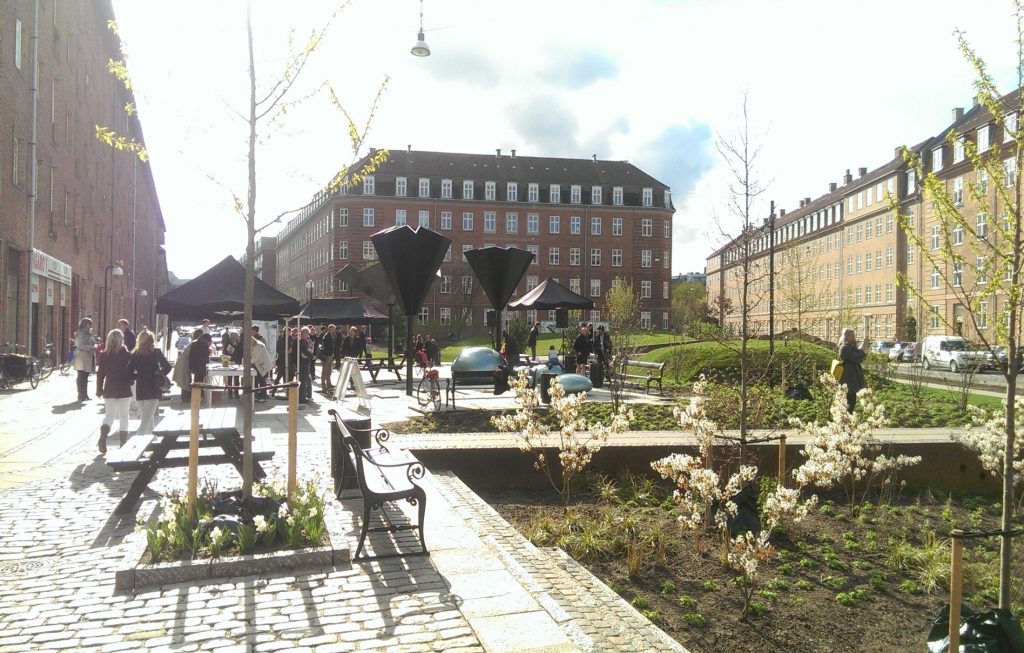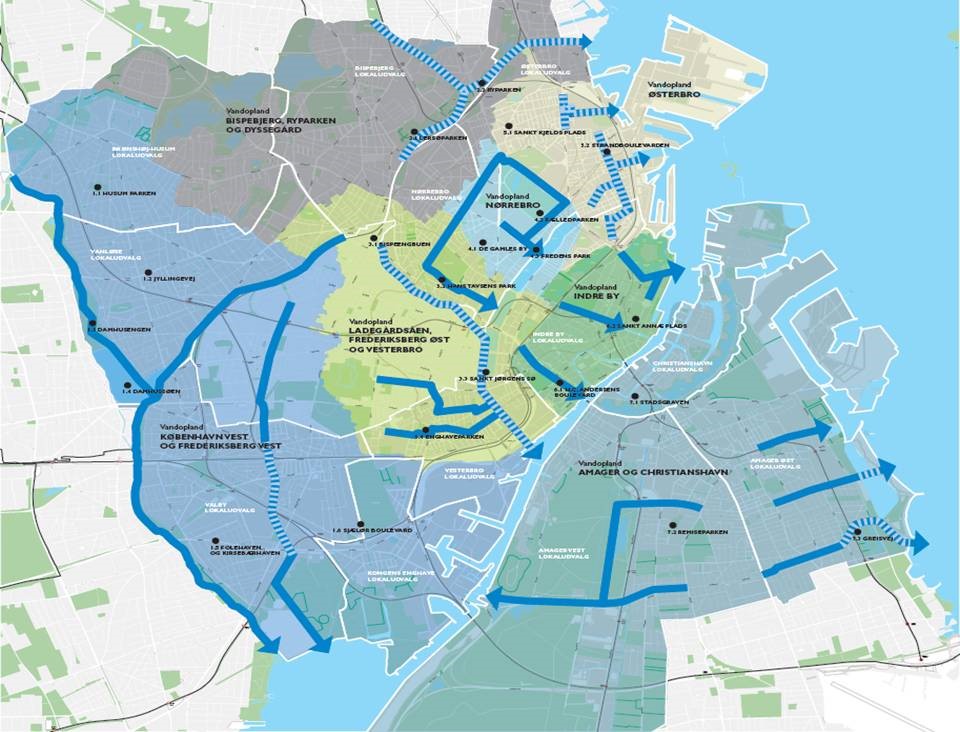Main challenges of this Harbour City
The capital of Denmark is a relatively small city – but it is a city that has a worldwide impact due to creative solutions and the constant aim to improve the quality of life for citizens.
Copenhagen today has 600.000 inhabitants and an expected growth of 100.000 more before 2025. This is a challenge as the city has to use all available land for building new homes in an area of around 10 square kilometres. The growing population is also a challenge to create affordable housing for the entire population.
“Because we are growing we have to look at different ways of densifying the city – using old industrial spaces, but also building, higher, closer – and this is a challenge when we are also facing climate changes” Lykke Leonardsen, Program Manager Green urban solutions, Municipal Development.
The water challenges are about continuing to secure high quality drinking water for a growing population, while also protecting the citizens and businesses from the impacts of climate change. Copenhagen has experienced a number of severe rainfall events – cloudbursts – the biggest in July 2011. The damages amounted to around 1 billion USdollars, and climate projections expect more in the future.




